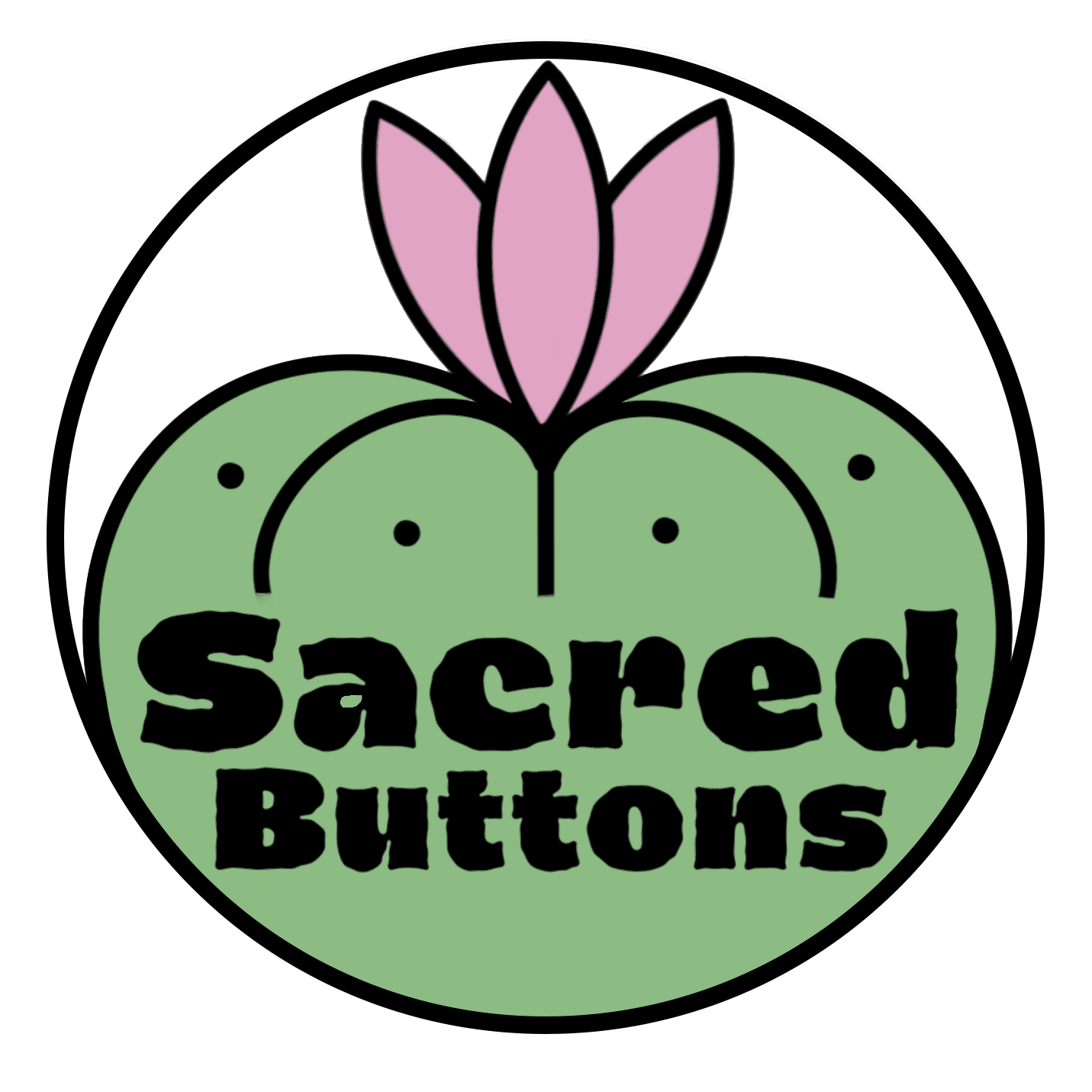Located in North America, there is a religious organization that blends Native American culture with aspects of Christianity. This organization is known as the Native American Church (NAC) and it is made up of many Indigenous communities spreading across the United States and Canada.
Emerging in the late 19th and early 20th centuries, it was created as a way to preserve Native American practices and spiritual traditions. During this time, many Native American cultures were threatened by colonization and assimilation. The NAC provided a way for Indigenous peoples to maintain their spiritual identity and resist cultural erasure.
Core Beliefs and Values of the NAC
Members of the Native American Church share a deep reverence for nature as well as a belief that all living things are interconnected. They believe in a divine presence that permeates the universe which they refer to as the Great Spirit. The NAC places a strong emphasis on community, healing, and personal spiritual growth.
One distinct feature of the Native American Church is their use of a psychoactive cacti known as peyote (Lophophora williamsii). These cacti are ingested during religious ceremonies as a way to connect with the divine and are considered a sacred medicine. These ceremonies are protected under U.S. federal law which recognizes their right to religious freedom. I covered these ceremonies in detail in a previous blog post which you can read HERE.
A Comanche chief named Quanah Parker played a crucial role in developing the Native American Church. He believed that peyote was a gift from the Great Spirit and advocated for its use in religious ceremonies. He, as well as other Indigenous leaders, helped the NAC formalize and spread its influence across various other Native American tribes.
Who Can Join the Native American Church?
It is important to understand that there are many branches of the Native American church, each with their own set of guidelines and requirements for entry. Although many branches only accept members with indigenous backgrounds, there are cases in which Non-Indigenous members may be accepted. Non-Indigenous members usually have personal ties to an Indigenous community and demonstrate a strong dedication to the principals of the NAC.
One of the main deciding factors for acceptance is whether or not the applicants intentions for joining are sincere. Membership is often contingent on a deep respect for the customs, rituals, and spiritual practices of the NAC. This includes an understanding of the importance of the peyote cactus and peyote ceremonies. Anyone looking to join the Native American Church should do so with proper intentions.
Conclusion
Through its sacred ceremonies, the NAC fosters deep spiritual connections, community healing, and cultural preservation. It stands as a testament to the resilience of Indigenous spirituality. By blending traditional Native American practices with elements of the Christian faith, the Native American Church has forged a unique and enduring religious path.


5 comments
How to purchase Peyote Plants, Cactus
How to purchase Peyote Plants, Cactus
Ate my first peyote with an Apache Vietnam veteran my buddy Rell and told me I was eating too much acid and didn’t understand the principle of hallucinating from that moment on I was a Peyote church member even if I wasn’t really with them I actually ate some with the Navajo also they showed me how to do it right it is my religion now and the only one I follow although I don’t have a card to show it. We also have psilocybin that grows wild here in Florida. Thank you for all your beautiful pictures. My native friends accepted me but I’m not official
Thank you do you have to be Native American to grow? Please be kind new to this.
Thank you for sharing 🙌🌹